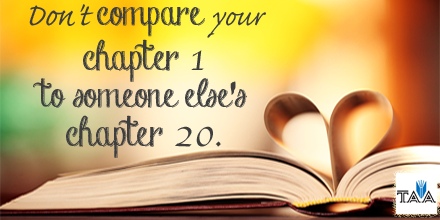The title of this book
says it all, it truly is as comprehensive a guide to getting a textbook project off the ground (and keeping it going) as one could imagine.
Honestly, I had some reservations about the
Textbook & Academic Authors Association (TAA) jumping with both feet into publishing books themselves. But this is the second book I’ve seen come out of that effort and both are outstanding in their usefulness and their instructional design.
I’m a believer now, TAA!
(See my previous review of
Guide to Textbook Publishing Contracts.)
As a book of 320 pages, one is always concerned about whether it’s just too big to be very useful for a busy academic. Nothing to worry about, there!
First, the book is thoughtfully “chunked” into parts, chapter, sections, and subsections—making both
reading and “raiding” the book easily accomplished. You can learn more about “the art of chunking” on p. 164.
Second, the internal design features many lists, tables, samples, graphics, and sidebars that organize the information visually. We all know that this helps any user
find information and
build a conceptual framework for how it all fits together.
Most importantly, perhaps, is that the text narrative is written in a
direct, conversational style that tells the story of what’s involved in developing your own textbook. It’s like having
a team of mentors sitting on your shelf, ready to give advice whenever you need it.
When I hear about a new guide or manual, I want to know
who created it. Is it someone who can reliably be a
virtual mentor to me? For this guide, we have three main authors who exceed usual expectations in that regard:
- Mary Ellen Lepionka has done it all: professor, author, editor, publisher.
- Sean Wakely brings his wide and deep editorial and textbook development expertise.
- Steve Gillen is a former publishing attorney who has been in private practice representing textbook authors for decades.
I’ve experienced and benefited from the work of all three for a long time, so I’m
not surprised that their collaboration has produced such a useful guide.
Besides the main authors, the guide is sprinkled with brief
“Author to Author” essays written by textbook authors whose long experience ranges widely in discipline, publishers, types of textbooks, and personal style of authorship. They tell stories that clarify how textbook authorship isn’t simply something “on the side” of your main career, but is
a profession unto itself—one that has all the intricacies, jargon, customs, and pitfalls of any professional endeavor. In short, they tell you
why you need this guide!
Of course, no guide like this can tell you
everything, but I can’t find any important topic that isn’t considered (at some level) in its pages. And I really tried to find one!
I wish I’d had such a helpful and thorough guide
when I started working on textbooks thirty years ago. But I’m
glad to have it now. It will help me keep up to date on
current trends in my profession—and get
advice on specific topics from trusted colleagues.
I looked at a pre-publication copy for this review, but you can download a
free 17-page sample by visiting this page at TAA's website:
Fill out the form in the pop-up window, or click the circular "download" button on the page.















